Oslo University Hospital has awarded 6 excellent articles for the second half-year of 2018
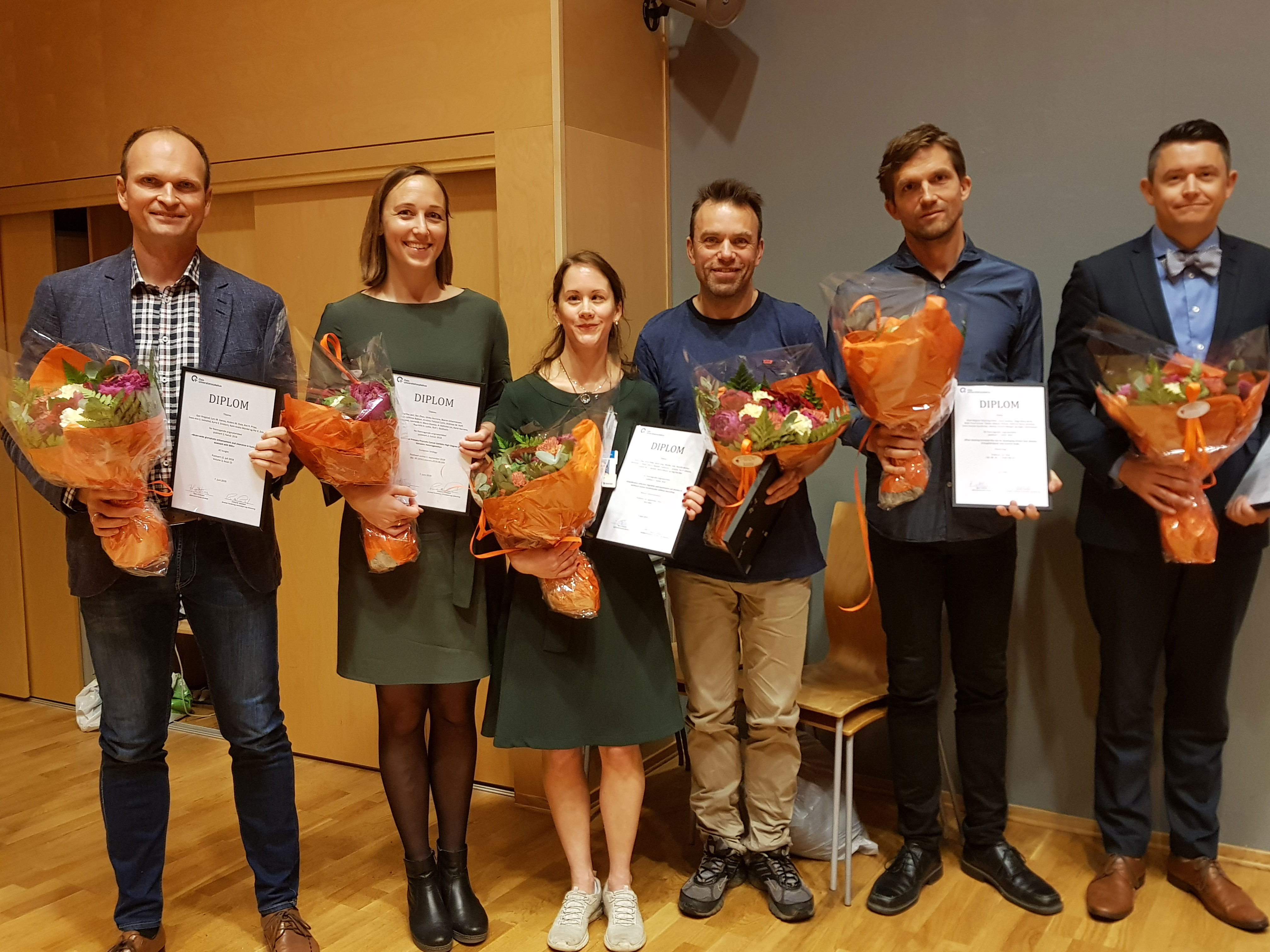
In order to stimulate excellent research and draw attention to the hospital's research activity, Oslo University Hospital reward outstanding publications every half-year.
Six research groups were awarded for their excellent papers published during the second half-year of 2018 on June 7th in the large auditorium at Ullevål sykehus. Each group received NOK 50.000 for use in further research. The prize winners gave short presentations.
The six selected articles are of especially high quality, and they present important finding on both-short and long-term scales. The works reflect the good quality and the interdisciplinarity that characterises several research environments at Oslo University Hospital. The research is a fundamental condition for the institution to maintain and strenghten the quality in the patient treatment.
Nature Biomedical Engineering publication: Study reveals how solid stress from brain tumors causes neuronal loss and neurologic dysfunction
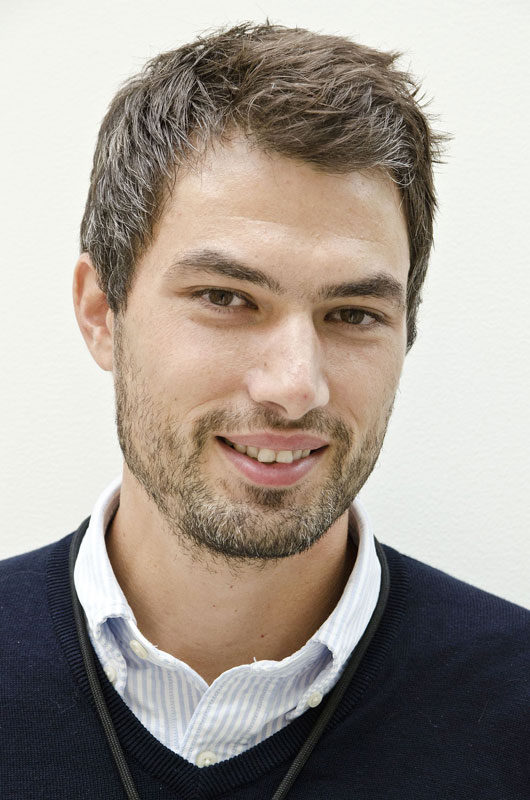
Kyrre Emblem among the three research talents honoured by the Norwegian Research Council
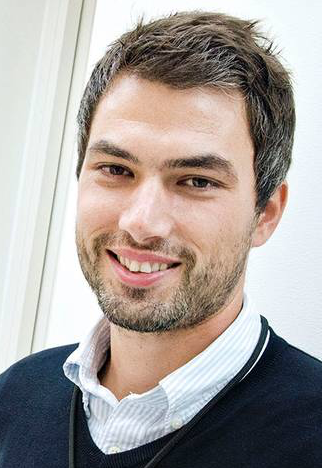
One of The Norwegian Research Council's three new prizes for young outstanding researchers goes to Kyrre Eeg Emblem from the Department of Diagnostic Physics at the Division of Radiology and Nuclear Medicine. Each prize is 500.000 kroner and will be distributed on March 1st.
Kyrre Eeg Emblem's research will benefit cancer patients directly. Using MRI machines, he can predict how different therapies work on people with cancer. The goal is to understand how the treatment affects the disease, and thereby predict which patients respond to the cancer treatment.
ERC Starting Grant 2017 to Kyrre Eeg Emblem
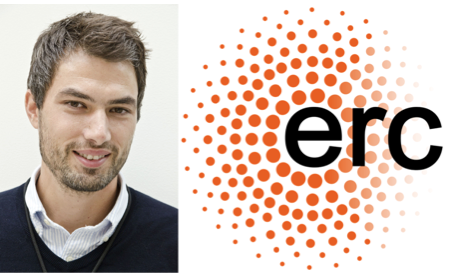
The European Research Council (ERC) has awarded a Starting Grant 2017 to Kyrre Eeg Emblem from Department of Diagnostic Physics at the Divsion of Radiology & Nuclear Medicine. This is the seventh ERC Starting Grant awarded to Norway in the main panel Life Sciences (LS), and the first time Oslo University Hospital is the host institution.
The Fridtjof Nansen Award for Young Scientists for 2016 to Kyrre Eeg Emblem
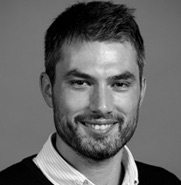
The Fridtjof Nansen Award of Excellence is awarded to Norwegian researchers, or researchers resident in Norway, who has shown scientific contributions of international significance on a very high level.
Fridtjof Nansen Award for Young Scientists for 2016 is divided between Professor Magne Mogstad at the Department of Economics, University of Chicago, for his outstanding research in the fields of economics and Principal Investigator Kyrre Eeg Emblem from the Intervention Centre at Oslo University Hospital, for his outstanding contribution to medical diagnostics.
The awards are presented by the chairman of The Nansen Foundation and Affiliated Funds, Professor Øyvind Østerud, on the Annual meeting of The Norwegian Academy of Science and Letters on Tuesday 3 May, 2016 at the Grand Hotel, Oslo.
Oslo University Hospital awarding excellent research
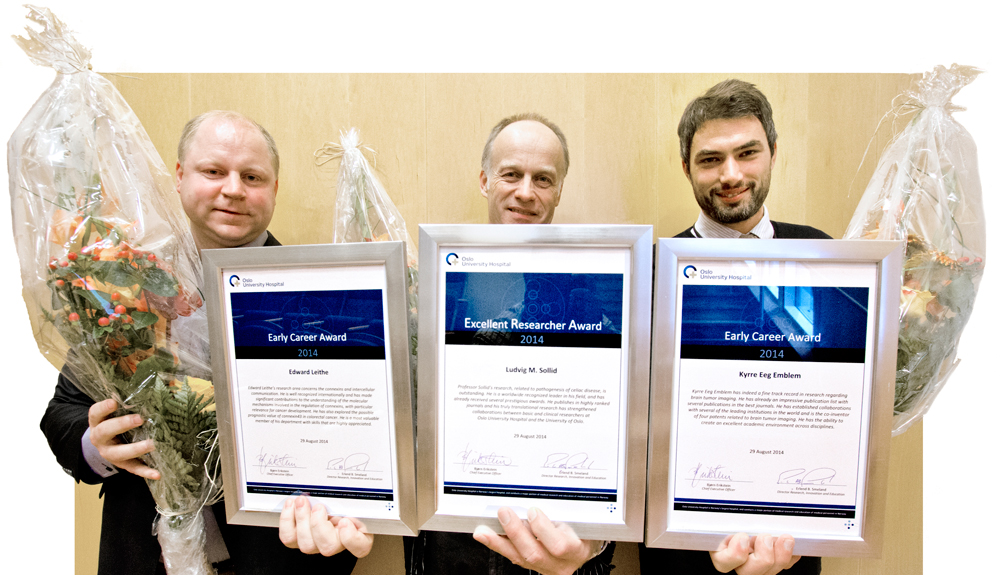
Three scientists recently received awards for their outstandig work at a ceremony taking place at Oslo University Hospital. This is the second year such prizes have been distributed in order to honour excellent scientific work.
The major prize - the "Excellent Researcher Award" - went to professor Ludvig M. Sollid. Edvard Leithe and Kyrre Eeg Emblem both received the "Early Career Award".
The prize money - 300.000 and 150.000 NOK respectively - is earmarked for research activities.
OUH-paper featured on the 2012 AACR most-cited list
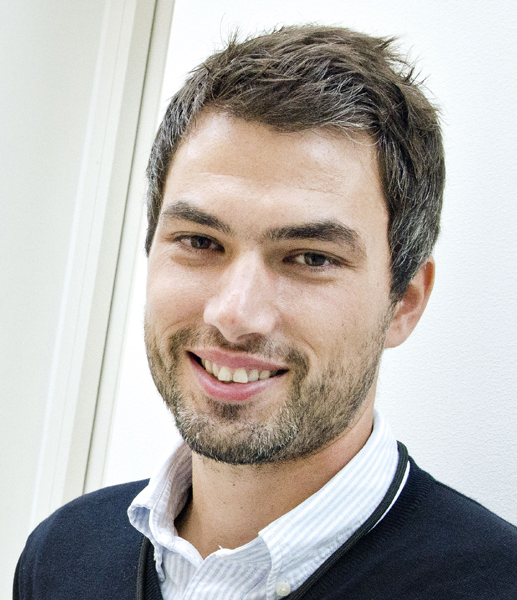
A research paper published in 2012 in Cancer Research by Kyrre E. Emblem (Intervention Centre, OUH) as the corresponding author is highlighted by the American Association of Cancer Research (AACR) as one of the most highly-cited AACR articles from date of publication until February 2014.
Excellent papers published during the last half-year of 2013: Six research groups from OUS awarded for publishing excellent articles
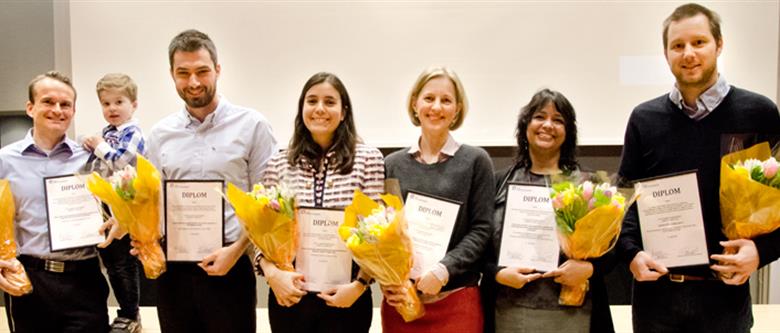
In order to stimulate excellent research and draw attention to the hospital's extensive research activity, Oslo University Hospital reward outstanding publications regularly. Every half-year, six of the best papers first- or last-authored by scientists working on the hospital are selected. The nomination takes place through the research panel of each division, and the final selection process is performed by an external committee.
In April Oslo University Hospital rewarded six research groups for their excellent papers published during the last half-year of 2013. Each group received NOK 50.000 for use in further research.
Kyrre Eeg Emblem joint first author on PNAS article

Photo Ram Gupta
Kyrre Eeg Emblem from the Interventional Center at OUS shares the first-authorship on a paper recently published in PNAS (journal impact factor 9.74), entitled "Improved tumor oxygenation and survival in glioblastoma patients who show increased blood perfusion after cediranib and chemoradiation", The authors here demonstrate that antiangiogenic therapy increases tumor blood perfusion in a subset of newly diagnosed glioblastoma patients, and that it is these patients who survive longer when this expensive and potentially toxic therapy is combined with standard radiation and chemotherapy. This study provides fresh insights into the selection of glioblastoma patients most likely to benefit from antiangiogenic treatments.
